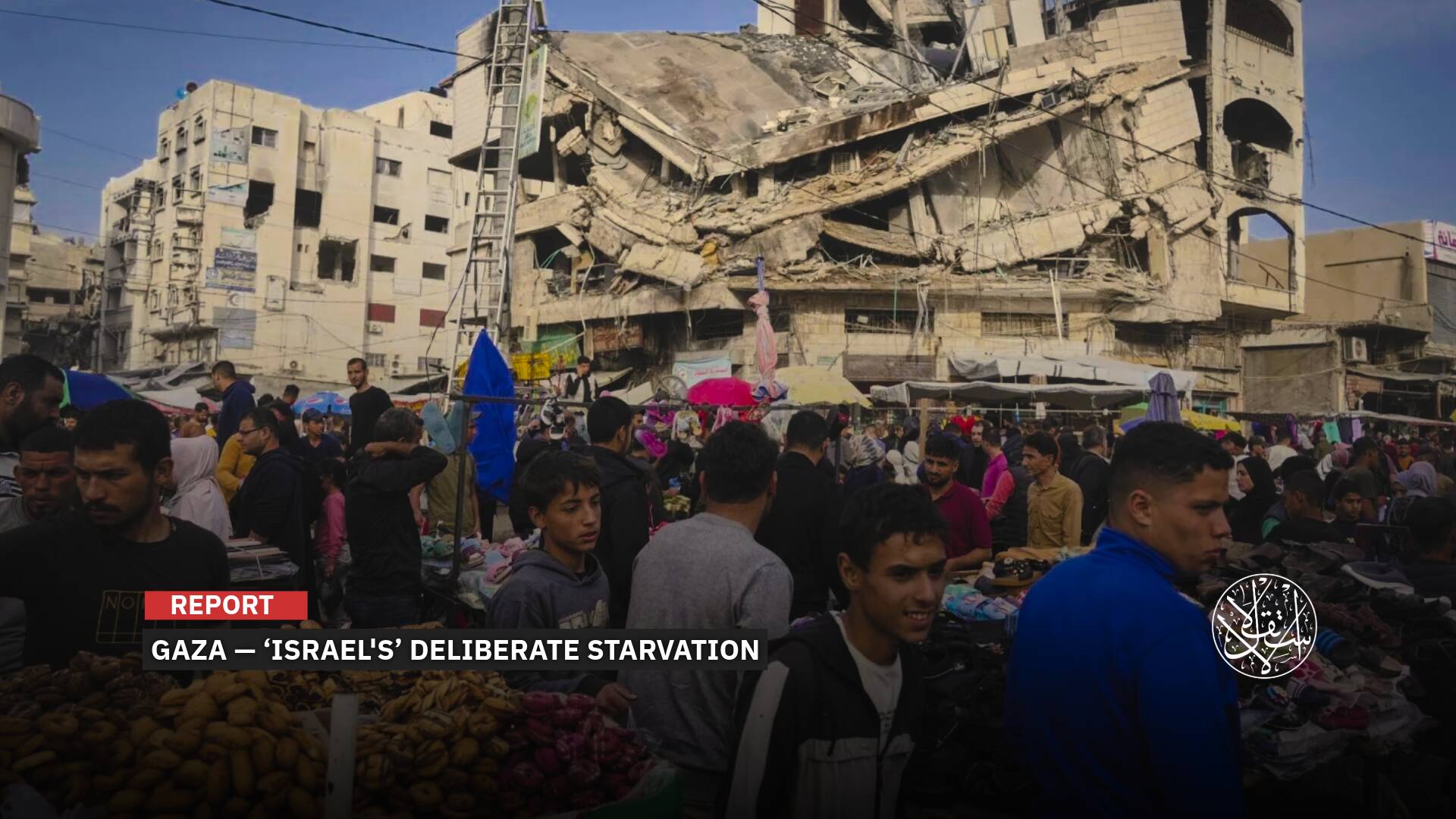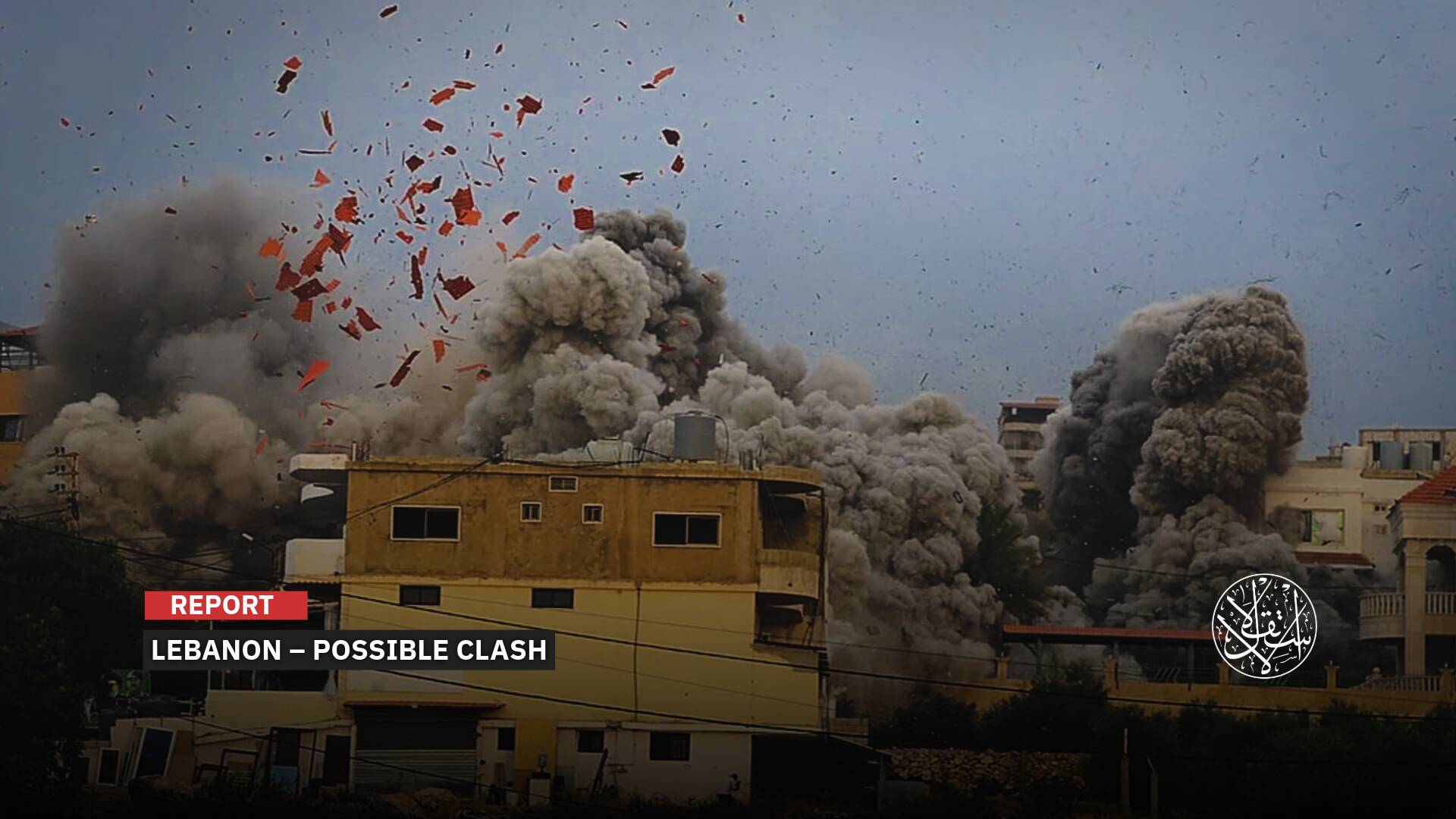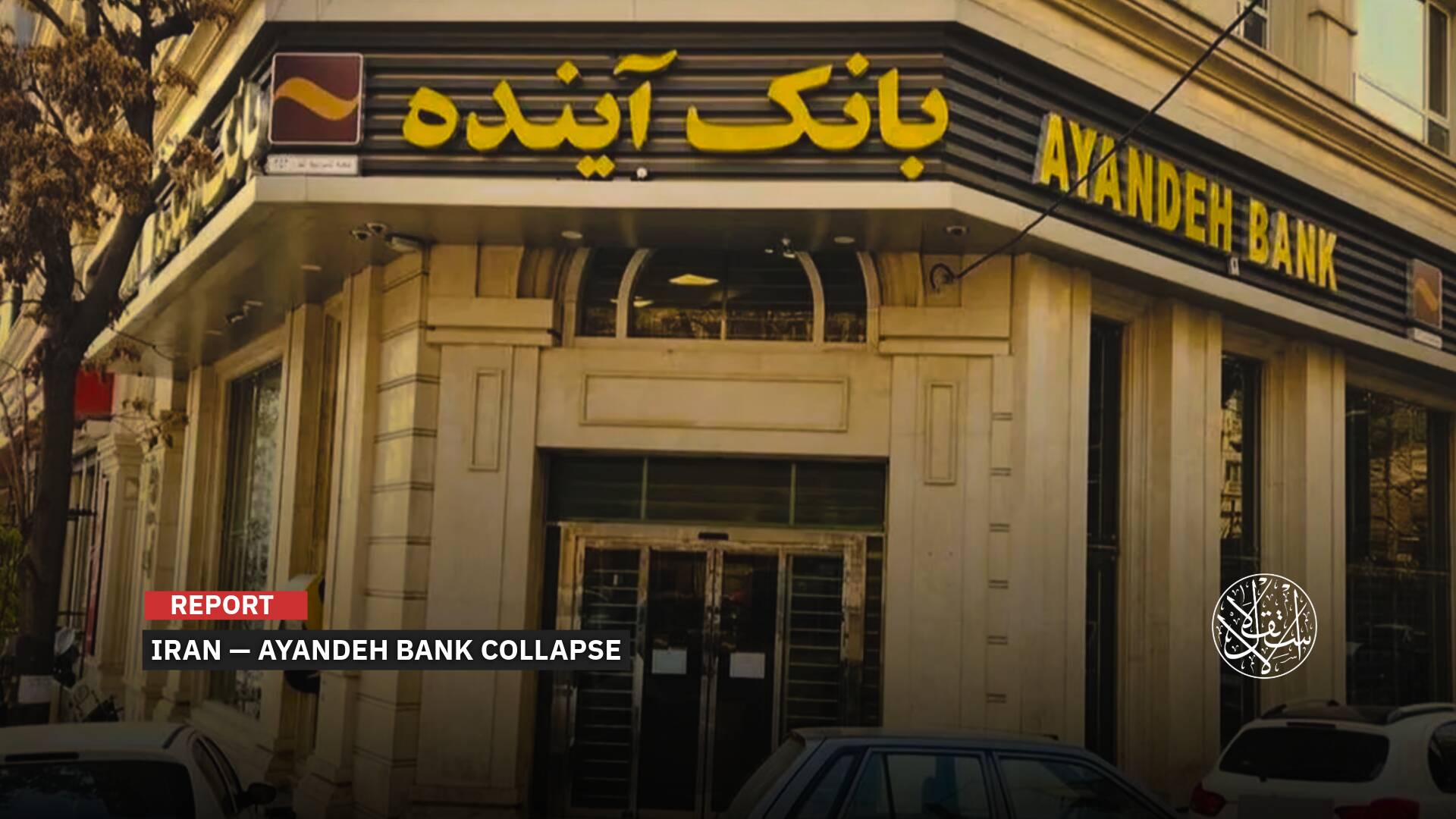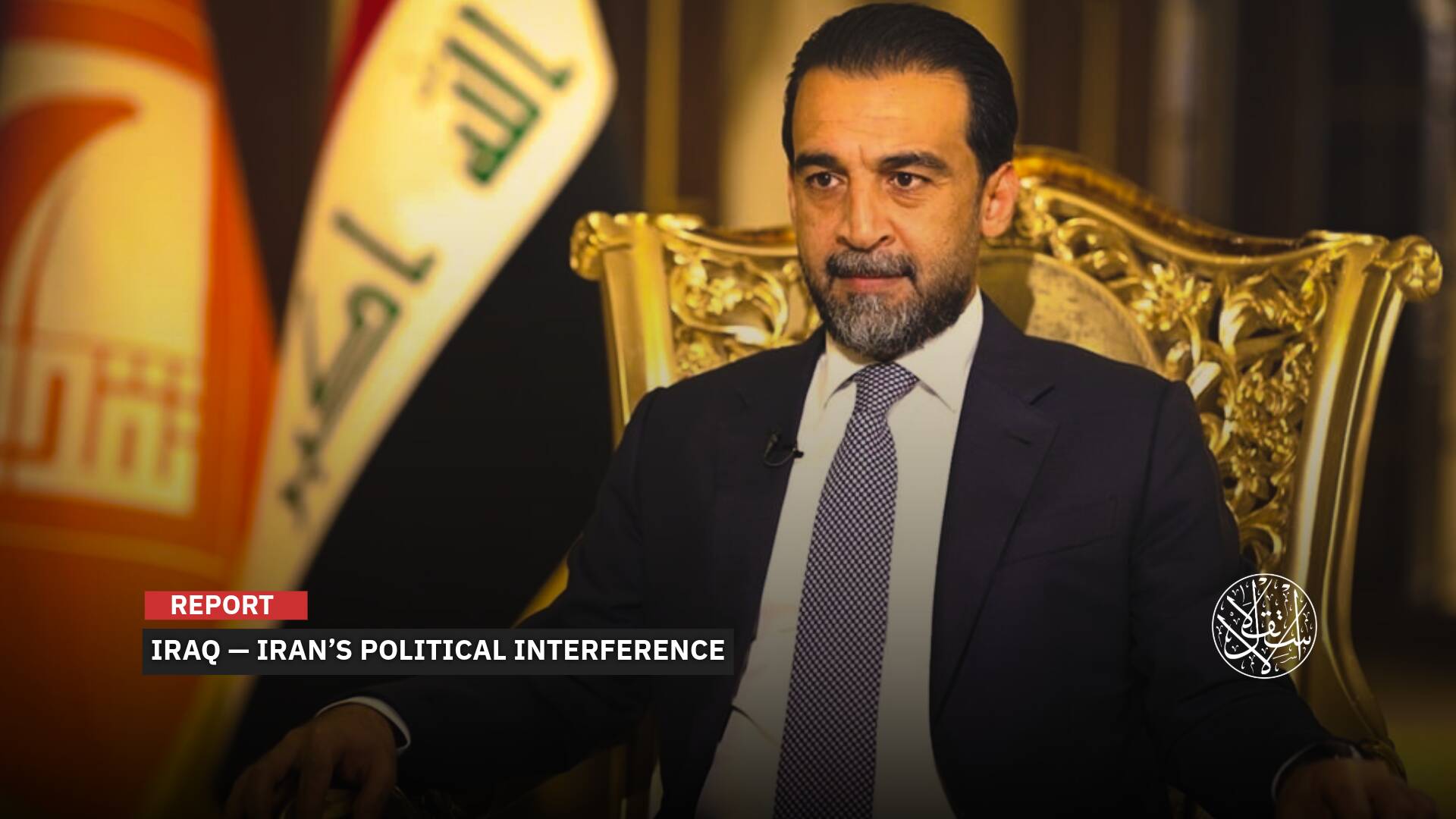How Can Syria Recover after Being Reduced to Rubble?

The fall of al-Assad has exposed his followers' scorched earth policy in dealing with the rebellious regions.
The collapse of Bashar al-Assad's regime in Syria has laid bare the true scale of destruction in cities and neighborhoods, caused by the military machine that employed a scorched earth policy in its dealings with rebellious regions.
Before the regime's fall on 8 December 2024, the full extent of the devastation was largely hidden from view, with camera lenses failing to capture the reality on the ground.
However, the liberation of the country has now allowed engineering teams to provide initial assessments of the damage across Syria's provinces.
Devastated Neighborhoods
Following the liberation of most of Syria’s territory, shocking figures have emerged, revealing the vast scale of destruction.
Entire neighborhoods and large swaths of land have been completely flattened, leaving them uninhabitable.
Since 2011, architectural treasures dating back centuries have been obliterated, while once-bustling markets and critical infrastructure — including hospitals, schools, and roads — have been reduced to rubble in many Syrian cities.
One of the most striking images came from the Damascus district of Qaboun.
Footage aired after the capital’s liberation showed the area reduced to little more than a heap of dust, erased from the map.
The locations of buildings, streets, public squares, and markets were all but unrecognizable, swallowed up by the devastation.
A Legacy of Destruction
Since 2012, the regime’s airstrikes, artillery, and ground-to-ground missiles relentlessly pounded the Qaboun district, reducing its landmarks to rubble and forcing the displacement of over 100,000 residents.
After the complete evacuation of Qaboun’s inhabitants, the regime shifted its focus to a systematic demolition campaign.
Buildings that survived the aerial bombardments and shelling were destroyed through the deliberate blowing up of high-rise apartment blocks along the Damascus-Homs international highway, under the guise of security objectives.
According to United Nations figures, 14 million Syrians were forcibly displaced in the wake of the revolution’s brutal suppression, including around 7 million internally displaced persons and more than 6 million refugees and asylum seekers abroad.
The district of Jobar, an extension of the Eastern Ghouta region, is among the hardest hit. The UN estimates that roughly 400,000 people were displaced from the area.
Local statistics now report that more than 90 percent of Jobar’s buildings are uninhabitable, with foundations cracked and structures left in ruins.
Similarly, the Yarmouk refugee camp, just 8 kilometers from Damascus, has been completely destroyed.
Once the largest Palestinian refugee camp in Syria and the world, Yarmouk was home not only to Palestinian refugees but also to Syrian civilians, all of whom have been forced to flee.
Many neighborhoods in Eastern Ghouta, on the outskirts of Damascus, including Harasta, Arbin, and Ain Terma, have been left in ruins, rendered uninhabitable.
The region's infrastructure has been severely damaged, with essential services such as electricity, water, sewage, and communications networks all but destroyed.
In 2018, the former regime forcibly displaced most of Eastern Ghouta's residents to northern Syria.
In Aleppo, once the economic heart of Syria, the eastern districts have been nearly entirely destroyed.
By the end of 2016, residents faced mass forced displacement, leaving entire neighborhoods in a state of ruin.
Areas in eastern Aleppo now resemble piles of rubble, unsuitable for habitation.
Homs, one of the hardest-hit governorates, bears the scars of relentless bombardment by the ousted al-Assad regime’s forces.
The Khalidiya district was among the worst affected, with more than 60 percent of its buildings destroyed.
Displaced families have been unable to return, leaving the area deserted and in ruins.
Other districts in Homs, such as Baba Amr, Cairo Street, and al-Waar, stand as grim witnesses to the regime’s crimes, with every street marked by collapsed and shattered buildings.
In Deir ez-Zor, in eastern Syria, 17 of the city’s 25 neighborhoods have been almost completely destroyed.
The destruction in the Rashidiya district has reached 100 percent, while the nearby Al-Huweiqah district has sustained 95 percent damage.
Entire neighborhoods in the cities of Mayadin and Boukamal, south of Deir ez-Zor, have also been devastated.

UN figures
According to the Syrian Network for Human Rights, satellite images documenting the extensive damage in the town of Khan Shaykhun in southern Idlib closely resemble the destruction wrought on Eastern Ghouta in Damascus between February and April 2018, as well as in eastern Aleppo at the end of 2016.
Satellite images of Khan Shaykhun, taken on 2 August 2019, show that 35 percent of the town’s area was completely destroyed, while 40 percent sustained partial damage.
This means that around 75 percent of the town’s buildings are either partially or entirely demolished.
In a 2019 report, the Syrian Network for Human Rights suggested that the Russian alliance with the ousted al-Assad regime was to implement the model of Grozny and Eastern Ghouta, aiming to destroy as much infrastructure as possible to punish the Syrian population.
The network emphasized that the extensive damage caused by intense aerial bombardment was not a chaotic process but rather a "calculated strategy" intended to destroy as much infrastructure as possible, thereby punishing residents and forcing them to pay a high price for their demands for freedom.
A 2019 report from the United Nations Institute for Training and Research also highlighted the widespread devastation across 16 major Syrian cities.
Based on satellite analysis, the study found that Aleppo, the hardest-hit city, saw nearly 36,000 buildings destroyed, followed by Eastern Ghouta with around 35,000 homes.
In third place was Homs, where approximately 14,000 buildings were destroyed, followed by Raqqa with about 13,000.
Additionally, 7,000 buildings were destroyed in both Hama and Deir ez-Zor, and 5,500 buildings in the Yarmouk refugee camp near Damascus.
These figures refer to major urban areas and settlements, though rural areas also suffered extensive damage.
The International Organization for Migration (IOM) has warned that the return of large numbers of displaced Syrians to their homes will put immense pressure on the country and could destabilize the already fragile peace process.

The Marshall Plan
For many Syrians whose homes were destroyed, the joy of "revolutionary victory" will not be complete until they can return to their homes.
While it is difficult to pinpoint the exact cost of rebuilding Syria, estimates from 2019, cited by the Carnegie Middle East Center, place the figure somewhere between $250 billion and $400 billion.
These numbers reflect the damage inflicted on buildings, services, public institutions, infrastructure, and Syria's productive capacity.
In 2010, Syria’s GDP was estimated at around $60 billion.
However, the once-vital oil and agriculture sectors, which formed the backbone of the country's economy, were decimated by the regime’s war on its own people.
By 2023, the official GDP had plummeted to just $10 billion.

Experts say that international support will be crucial for any attempt to rebuild Syria.
The European Union and the United States have maintained sanctions on Syria, stating that they will not lift them unless significant steps are taken towards forming an inclusive government.
In light of this, Syrian economists argue that the country requires a comprehensive infrastructure overhaul and the implementation of a "Marshall Plan for Syria," backed by friendly nations.
The Marshall Plan, or "European Recovery Plan," was the economic initiative aimed at rebuilding Europe after World War II.
The plan focused on reconstructing what had been destroyed by the war and rebuilding national economies, through a combination of direct grants and long-term loans.
Sources
- IMF Signals Readiness to Support Syria's Reconstruction [Arabic]
- By the Numbers: UN Report Details the Extent of Destruction in Syrian Cities [Arabic]
- UN Official Calls on International Community to Support the Return of Syrians and Reconstruction Efforts [Arabic]
- Monday briefing: The mammoth task of rebuilding Syria – and how to achieve it











